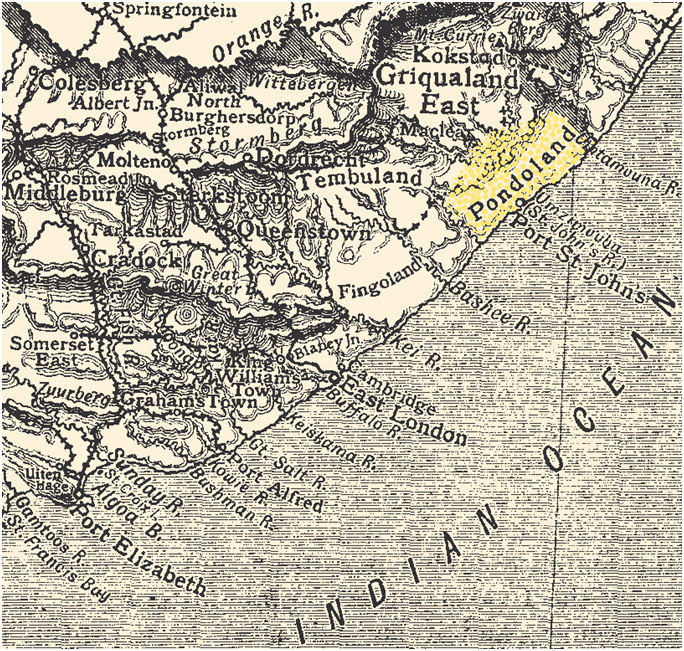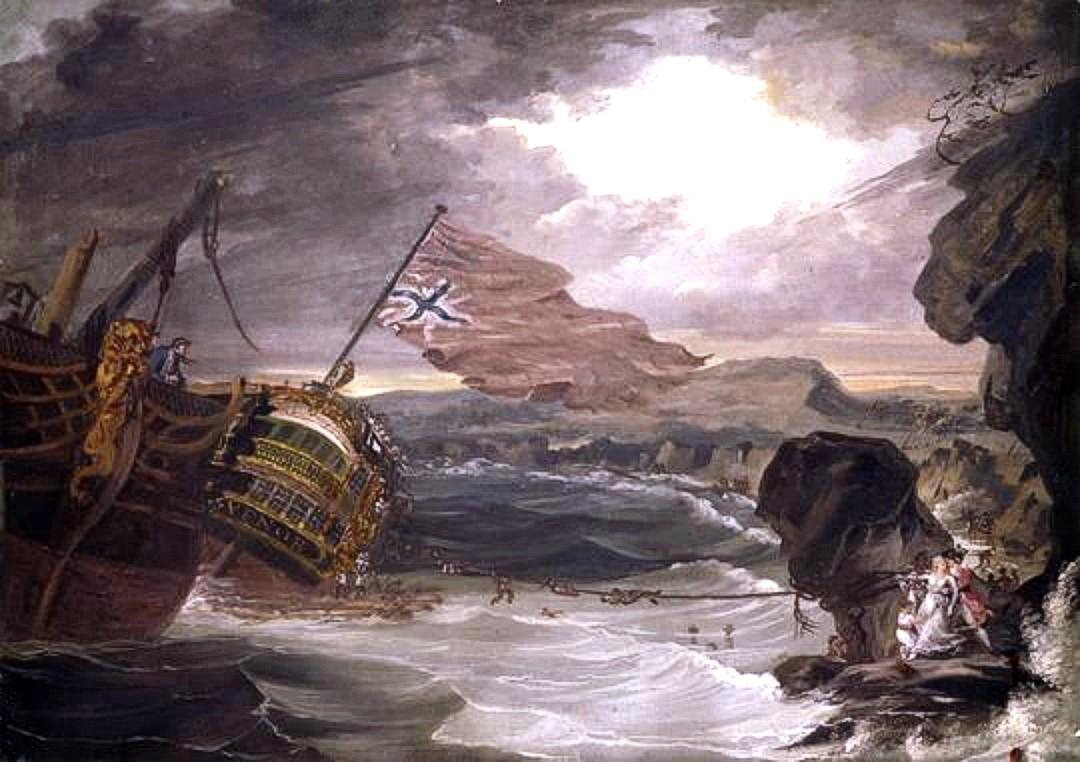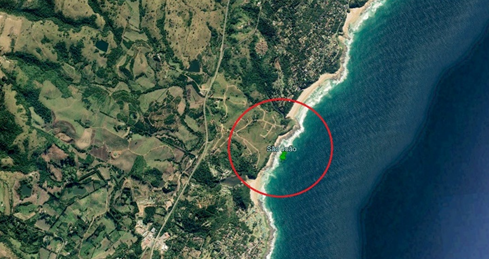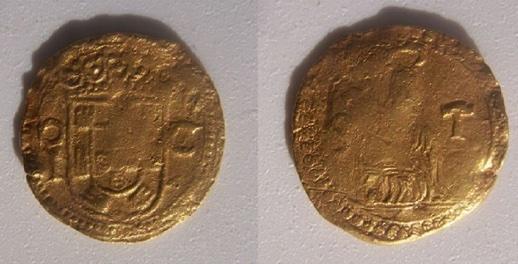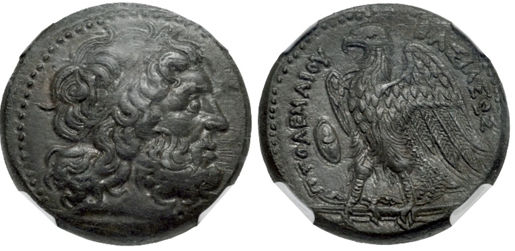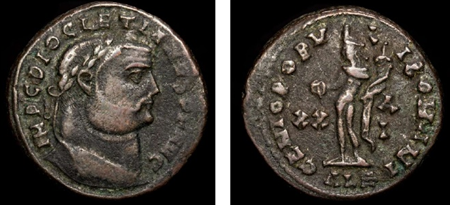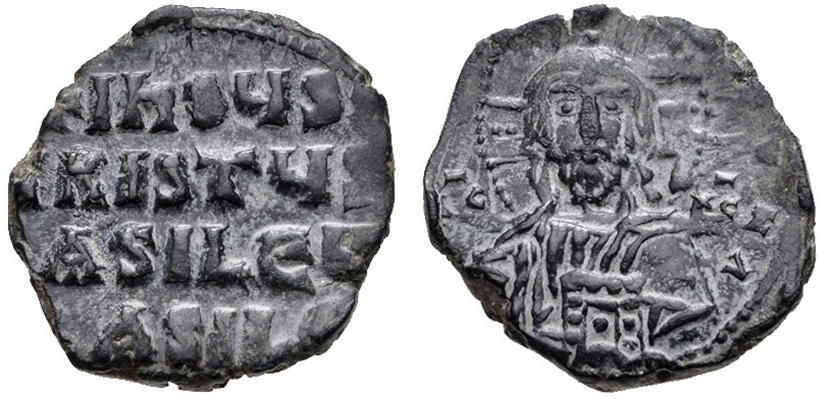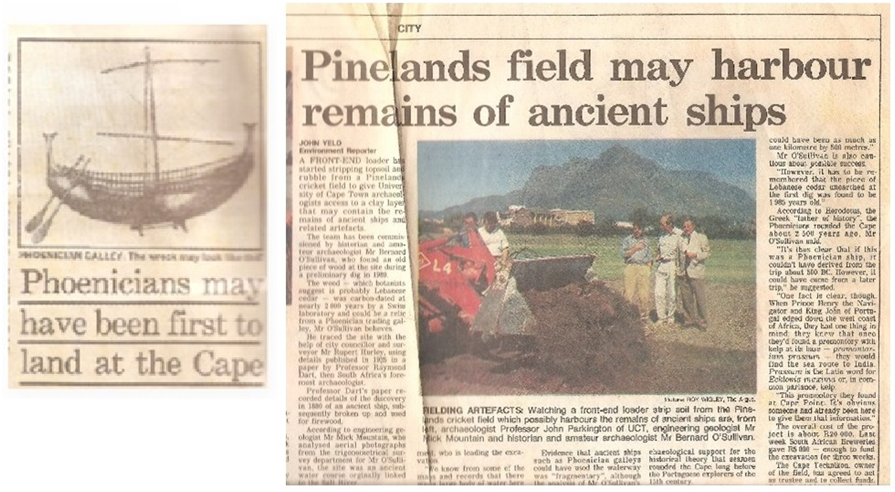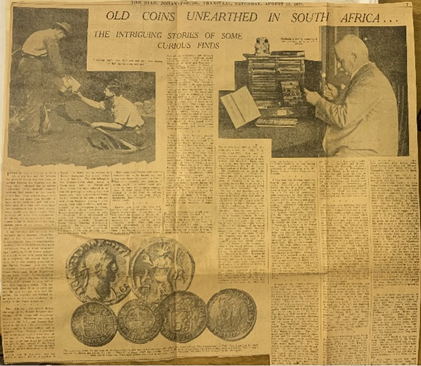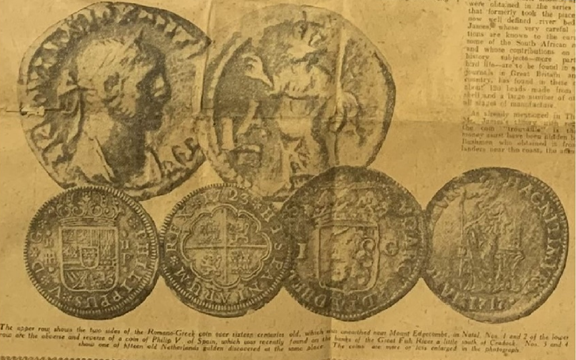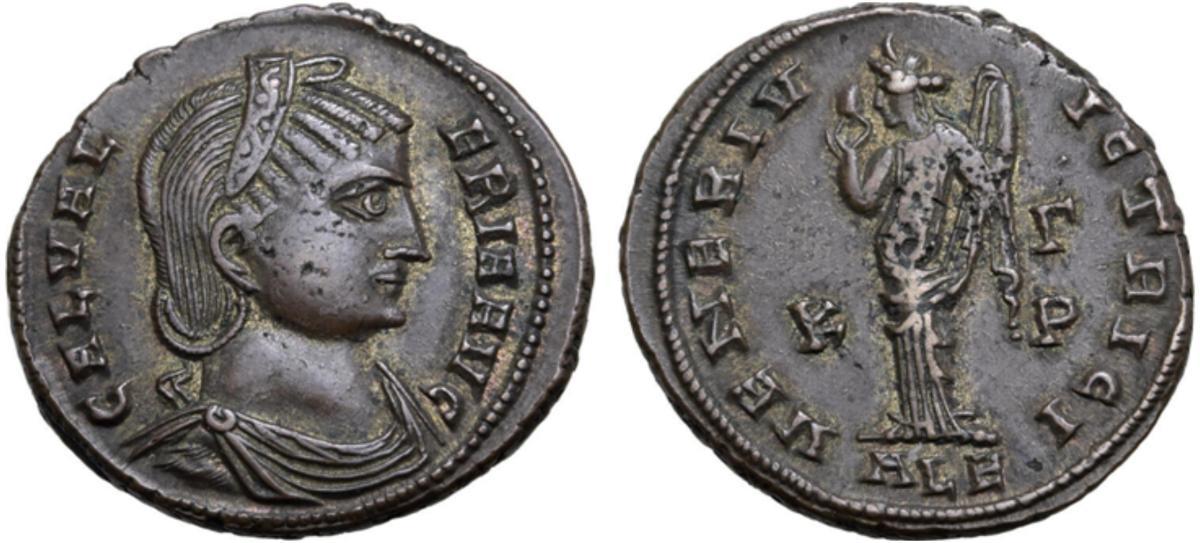
Disclaimer: Any views expressed by individuals and organisations are their own and do not in any way represent the views of The Heritage Portal. If you find any mistakes or historical inaccuracies, please contact the editor.
Pondoland (Mpondoland) is a geographical area on the mid-east coast of South Africa (Indian Ocean side) and is part of what was previously known as the Transkei. It borders Thembuland, the area from which our former president, Nelson Mandela, hails. His second wife, Winnie Madikizela, was actually born in Pondoland.
Map showing Pondoland
Originally, the hunter-gatherer San and Khoihoi people inhabited the region in scattered nomadic groups for thousands of years. Around 500 AD, Xhosa speaking Ngunis settled in the area as a consequence of the indigenous population’s expansion to the south.
Contact with Europeans occurred when sailing ships from Europe began to circumnavigate Southern Africa. From the 1500s onwards, ships were wrecked on the Pondoland coast, resulting in some of the castaways permanently settling there and later being absorbed into Mpondo communities. For instance, when the Grosvenor, an East Indiaman, ran ashore on 4 August 1782, the survivors met up with a European girl named Bessie. She was the wife of Tshomane, the paramount chief of the Mpondo, who herself had been shipwrecked there 40 years earlier.
Oil painting of the Grosvenor by George Carter (Wikipedia)
The wreck of the Grosvenor took place on the Pondoland coast near where the Portuguese ship São João had sunk more than two centuries earlier on 8 June 1552. This image shows the approximate location of the São João shipwreck site, near current-day Port Edward.
This gold coin (or medallion) was supposedly found on this site (The Nautical Archaeology Digital Library)
In 1830, Mpondo King Faku granted permission to the Wesleyans to establish a Methodist mission station in the area, with their first missionary being Reverend William B. Boyce from England. By 1850, Pondoland had two British colonies as its neighbours, Natal to the north and the Cape Colony to the south. In the 1880s, some German settlers moved into the area, and an unsuccessful attempt was made to establish a German colony there. In 1894, Pondoland was annexed as part of the Cape Colony and came under British rule.
In October 1897, G.F. Hill from the British Museum wrote an article in The Classical Review (Vol. 11, No. 7 pp. 365-367) regarding an astonishing find made approximately four years earlier of ancient bronze Greek and Roman coins at Fort Grosvenor in Pondoland... “The site of what had once been a Bantu hut was being excavated in search of treasure, when, some ten feet below the surface, the diggers came upon a calabash which crumbled away in their hands”.
Hill wrote that the coins ended up in the collection of Mr. Thomas Cook, a businessman from East Pondoland. Three of the coins were from the Ptolemaic Empire, an ancient Greek state based in Egypt from 305 BC until the death of Cleopatra in 30 AD. Hill identified these three coins as dating from 305 to 204 BC. Bridging the centuries were Roman coins that date from a much later era, specifically the period following the monetary reform of Emperor Diocletian in 296 AD until the end of the reign of Maximinus II in 313 AD. Thus, there is at least a 500-year gap between the Greek and Roman coins found in the same clay pot. According to Hill, Mr. Thomas Cook was present during the excavation and could testify that they were all found together.
Hill describes eight of the Roman coins in detail in his article but says that the owner (Cook) is unfortunately no longer certain which of these came from the Pondoland hoard, so we have to assume that Cook also had other Roman coins in his collection.
The coin above hails from the reign of Ptolemy II (284 - 246 BC)
This is a Roman Follis of Emperor Diocletian (AD 284-305). The last mentioned is the same coin type as the one described by Hill. He also describes coins from the reigns of Maximinus I (286 – 305), Constantius I (293 -305 AD) Galeria Valeria (308-311 AD) and Maximinus II (310 to 313 AD). Hill wrongly identifies Galeria Valeria as the wife of Maximinus II. She was actually married to Galerius, co-emperor with Diocletian.
A quarter of a century later, in 1925, Professor Raymond Dart of the University of the Witwatersrand, wrote an article in NATURE (No. 2890, Vol. 115 pp. 425-429) entitled 'The Historical Succession of Cultural Impacts upon South Africa'.
In the article, Prof. Dart comments on the Pondoland hoard and mentions that 28 coins were found by Thomas Cook “who is still living in Durban”. Dart however says that the hoard “was found about fifty years ago” placing the discovery in the 1870s. This would have been impossible, as the Cook brothers only arrived in Pondoland in 1885. Interestingly enough, one of the concessions the Cooks negotiated with the Pondo chief, Sigcau, was to “dig for precious minerals.”
J.F. Schofield of Durban commented on Prof. Dart’s article in the same publication NATURE (No. 2943, Vol. 117 p. 453 March 27, 1926) and says that at considerable trouble, he had traced the coins “… and find that there are several very peculiar circumstances regarding them, which I consider throw a completely new light on the whole question.”
Schofield was of the opinion that the ancient coins fell into three distinctive groups, unlike Hill, as reported by Dart, who identifies two groups being Ptolemaic (305 to 204 BC) and Roman (296-313 AD). Schofield says the third group consists of three Byzantine coins, two from the reign of Constantine II and one large copper from John I. Why Schofield places the coins of Constantine II in the Byzantine period is not clear as Constantine II ruled from 337 to 340 AD, so the two coins are very much from the same period as the other Roman coins that were found. However, John I was indeed a Byzantine emperor, who ruled from 969 to 976 AD. The Byzantine Empire with its capital Constantinople (currently Istanbul in modern Turkey) is also referred to as the Eastern Roman Empire. It was essentially the continuation of the Roman Empire in its eastern provinces until its fall in 1453 AD.
A coin from the reign of the Byzantine emperor John I (969 to 976 AD). The reverse reads "Jesus Christ King of Kings" in four lines.
Schofield further says that the Byzantine coin of John I therefore cannot be dated to earlier than 969 AD, which was the emperor’s first year of his reign. What had struck him was that the Ptolemaic coins were in fine condition, the Roman coins varied from worn to almost mint state and the Byzantine issues so worn that he had considerable difficulty in identifying them. He ends his comments with “But when it is born in mind that the horde covers from first to last a period of more than twelve and a half centuries, one ceases to be surprised at anything”.
The question that must now be asked is: How did a hoard of 28 ancient coins end up 10 feet under the ground in a clay pot in Pondoland, some of which were struck almost two thousand years before Jan van Riebeeck landed at the Cape?
Schofield ventured an opinion and said that because the Byzantine coin he examined was so worn “I suggest that the earliest possible date for the burial of the horde would be about a century later, say A.D. 1070, by which date the Arabs were established at Sofala and were probably trading as far south as Inhambane (a southern province of Mozambique). Roman coins still, I believe, pass in the (European) Peninsula, and it is quite possible that all the pieces in the find were imported by Arabs”.
The reason the coin hoard was mentioned in Dart’s article in 1925, was to show that there is reasonable evidence to suggest that even in ancient times, contact existed between the indigenous races of Southern Africa and distant civilizations. Prof. Dart, for example, mentions that “… the painstaking and tireless investigations of a Trappist monk (Otto Maeder) of the Marianhill monastery in Natal appear to provide decisive information such as long searched for”. Dart relays how Otto, with infinite patience for some years, had copied Bushman paintings found in rock shelters of the Kei River Valley, in what was then the eastern part of the Cape Province.
Brother Otto found that the Bushmen experimented with pigments to ensure the endurance of their artwork on rock faces. He concludes that after perfecting their technique, the Bushman, in Dart’s view “found subjects of artistic exploitation in voyagers who visited their coasts and inland rivers at a period so remote that paintings depicting them are sometimes partially covered by incrustation one-sixteenth of an inch in thickness”. Bushmen paintings copied by Otto and other earlier researchers showed people wearing attire that Dart attributed to various ancient cultures like the Phrygians, Babylonians and Phoenicians. It must be pointed out that more recent researchers of Otto’s work, are skeptical of Dart’s views and point out that Otto himself never stated that the figures were of foreigners.
In his paper, Prof. Dart also provides other examples of possible visits by ancient civilizations to Southern Africa. For instance, he mentions the remains of what was believed to be an ancient (Phoenician) galley that was discovered near Cape Town. This was first reported as far back as 1827 and the discovery site was near the current day Bellville (though other sources mention Maitland) when the water level was much higher than today. In 1989 pieces of wood were unearthed on the Old Mutual sports grounds in Pinelands. A Zurich technological company tested the age of the wood. It dates from 110 AD (2000 years old). It was made from Lebanese Cedar, the wood that the Phoenicians used for shipbuilding. However, further excavations on the site in 1993 proved unsuccessful.
Archive article (Pinelands History)
Returning to the coin hoard, Dart wrote that the Pondoland discovery was not the only one of its kind, and mentions that when the monks were building their water reservoir at Marianhill, twenty-six miles from Durban, they found “at the depth of eighteen inches in recent stratum of sand and humus on the side of the hill, a Hebraic coin of the reign of Simon Maccabaeus (143-136 B.C.), with the description ‘fourth year of the deliverance of Sion’ (Anthropos, Bd. V. p 168)”
In August 1927, an article titled 'Old Coins Unearthed in South Africa' was published in The Star newspaper in Johannesburg. This article reported on both the Pondoland hoard and the discovery of the Simon Maccabaeus coin in Natal. There is also mention of a second ancient coin that was found in Natal. It states that early in the 1900s, a Romano-Greek coin of Emperor Diocletian (284-305 AD) was found 2 feet under the ground by natives digging a trench on the grounds of the White House Hotel near Mount Edgecombe. The coin was presented to the Durban Museum and is shown in the enlarged picture published in the article. Interestingly enough, the coin is from the same reign as one of the coins found in the Pondoland hoard.
Paperclipping of the article from the repository of Jacob de Villiers Roos kept in the archives of the University of Pretoria.
The other two non-ancient coins shown in the picture date from the 1700s, and are thus not relevant to this paper.
In 1959, Eric Rosenthal wrote a booklet for Barclays Bank entitled Shells to Shillings. On page 22 is a picture described as “African Native money. These crude imitations of coins, clearly copied from European originals, were found by Captain Piek, Chairman of the South African Philatelic Society. Their origin is a mystery”. The coins depicted share interesting similarities with the Roman coin of Galeria Valeria (308-311 AD) shown earlier in this paper.
Click here to read Part 2
Pierre Nortje is the secretary of the Western Cape Numismatic Society
Main image: A Follis of Galeria Valeria is shown below and it has the same inscriptions and wording as the example described by Hill (Numisbids)
Comments will load below. If for any reason none appear click here for some troubleshooting tips. If you would like to post a comment and need instructions click here.

